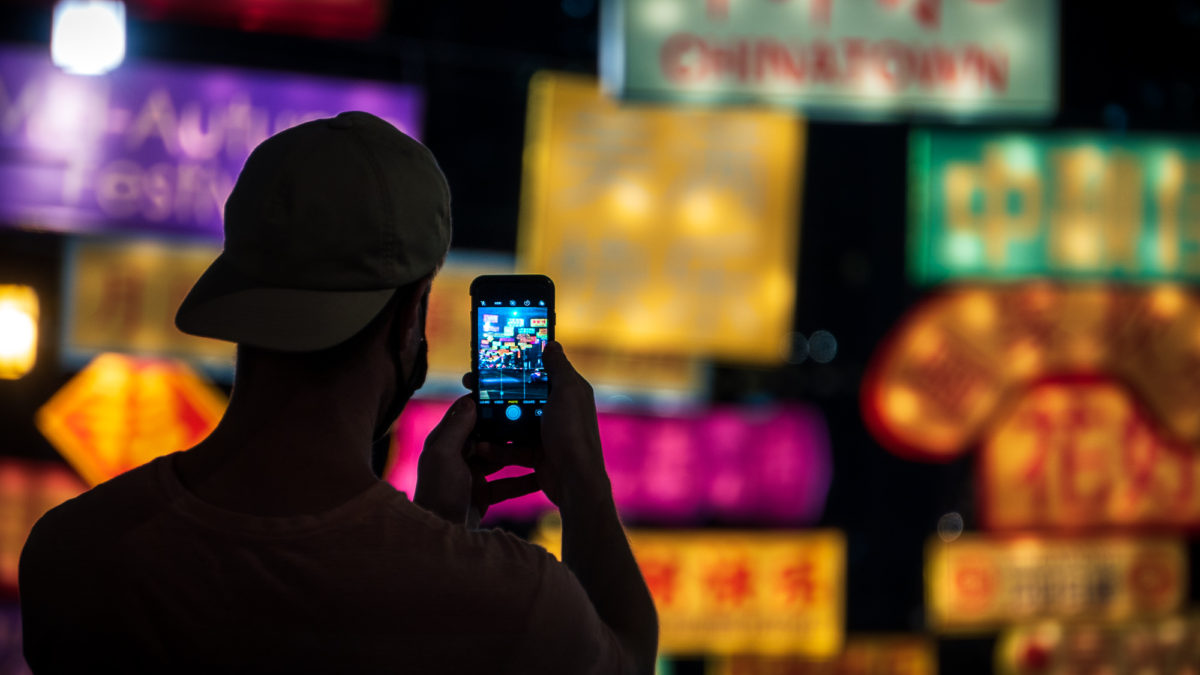None of us know what will happen. Don’t spend time worrying about it. Make the most beautiful thing you can. Try to do that every day. That’s it.
– Laurie Anderson
These days I haven’t been very motivated to pick up my camera. The news is filled with more fear, hate, and confusion than ever. And that was before pandemic fatigue was a thing. ‘In these challenging times’, as the catchphrase of 2020 goes, why bother?
I know I’m not the only one who feels this way. My friends have shared how they lack inspiration. Popular YouTubers have announced they’re taking a break to focus on their mental well-being.
Since Saturday, October 10th, is World Mental Health Day, I thought I’d share how I’m coping, as well as offer tips that might support your own creative journey.
It’s Not Easy, Even If You Like It

Photography makes me happy. It gets me out of my head and into the world. Plus, making something that brings me joy and sharing it with others is rewarding.
It’s not always an easy process, even if I know the outcome will be positive. Sometimes I have to push myself to do it. But like waking up early to shoot a sunrise, I’m always grateful I did it.
My biggest struggle is figuring out a purpose behind my photography, a reason to keep going when I don’t feel like it. In sports, the goal is to win the game. In business, the objective is to make a profit. But what’s the definition of success for a creative pursuit?
Every Day is Groundhog Day
A few months before the pandemic hit, I picked up my most timely purchase of 2019, Austin Kleon’s new book, Keep Going: 10 Ways to Stay Creative in Good Times And Bad.

From the start, Kleon punches readers in the nose by telling them they’ll never ‘arrive’.
The creative life is not linear. It’s not a straight line from point a to point B. It’s more like a loop, or a spiral, in which you keep coming back to a new starting point after every project. No matter how successful you get, no matter what level of achievement you reach, you will never really “arrive.” Other than death, there is no finish line or retirement for the creative person. “Even after you have achieved greatness,” right musician Ian Svenonius, “the infinitesimal cadre who even noticed will ask, “What next?”
Austin Kleon, Keep Going
Kleon’s view is refreshing, especially in light of how social media hardwires users to value their work based on an algorithm that never fully satisfies.
In the end, it’s not about income or insta-fame, awards or assignments. The process is the destination.
The Art of Flow

What brings you joy? What fulfills you? In his bestselling classic, Flow: the Psychology of Optimal Experience, American-Hungarian psychologist Mihaly Csikszentmihalyi, argues you’re truly happy when you’re in a state of flow.
Flow is a heightened mental state conducive to productivity. You know you’re flowing when you loose track of time, are highly focused on a task, and forget about your worries. Athletes describe this state as being ‘in the zone’.
Flow happens when you use your skills to work towards a meaningful and challenging goal. Flow disappears when you’re bored or take on a challenge that’s well beyond your skill level.
“The most important thing about art is to work. Nothing else matters except sitting down every day and trying.”
Steven Pressfield, The War of Art
Surely, I want my work to be liked. Who doesn’t? But my intrinsic motivation is to flow as often and as hard as possible by cultivating a creative practice.

How we spend our days is, of course, how we spend our lives.
– Annie Dillard
Kleon says prolific artists develop a daily practice: “a repeatable way of working that insulates them from success, failure, and the chaos of the outside world.”
Like a Fighting Monk
I once did a story on the fighting monks of Golgulsa Temple in Gyeongju, South Korea. They practice a rare Korean martial known as Sunmudo, developed by Buddhist monks centuries ago as a way to ward off invaders.

One of the devotees at the temple told me, “These days we don’t actually fight with anyone, we just fight within ourselves.”
Keep fighting. Keep flowing. Keep going.
The creative journey is not one in which you’re crowned the triumphant hero and live happily ever after. The real creative journey is one in which you wake up every day, like Phil [in Groundhog Day], with more work to do.
– Austin Kleon

Leave a Reply